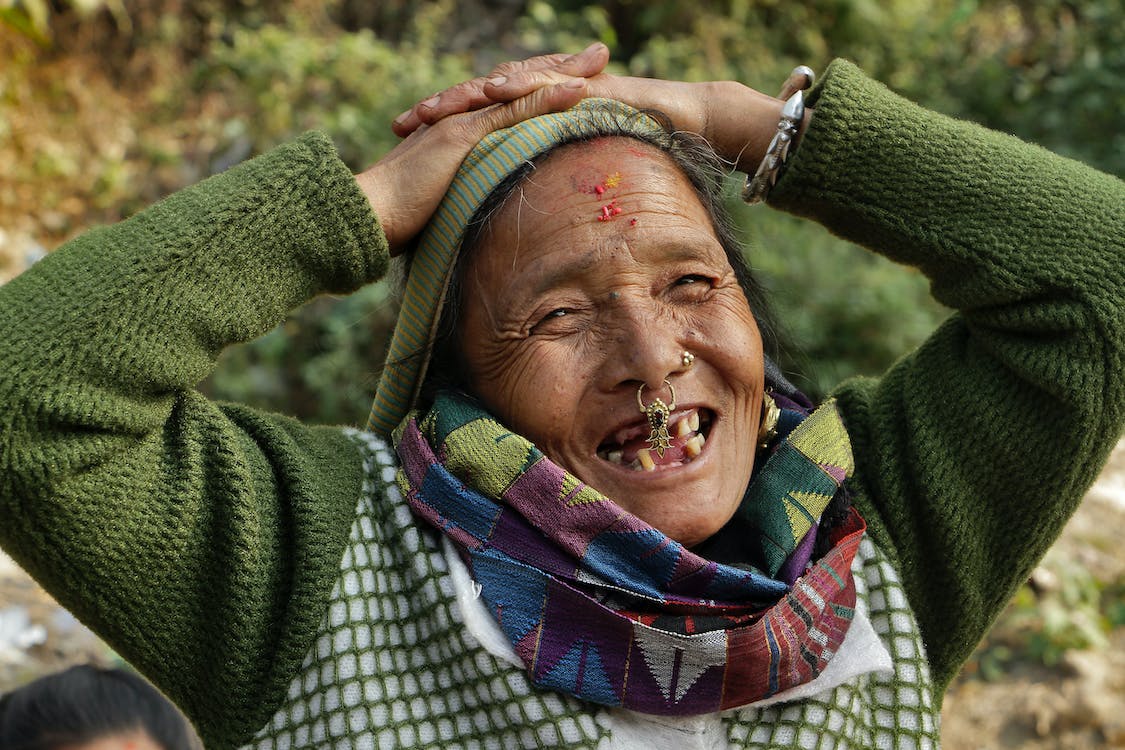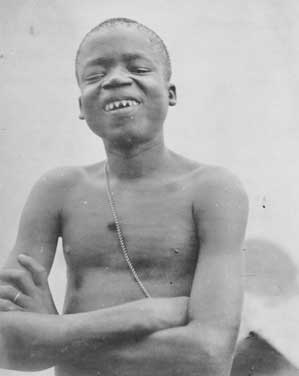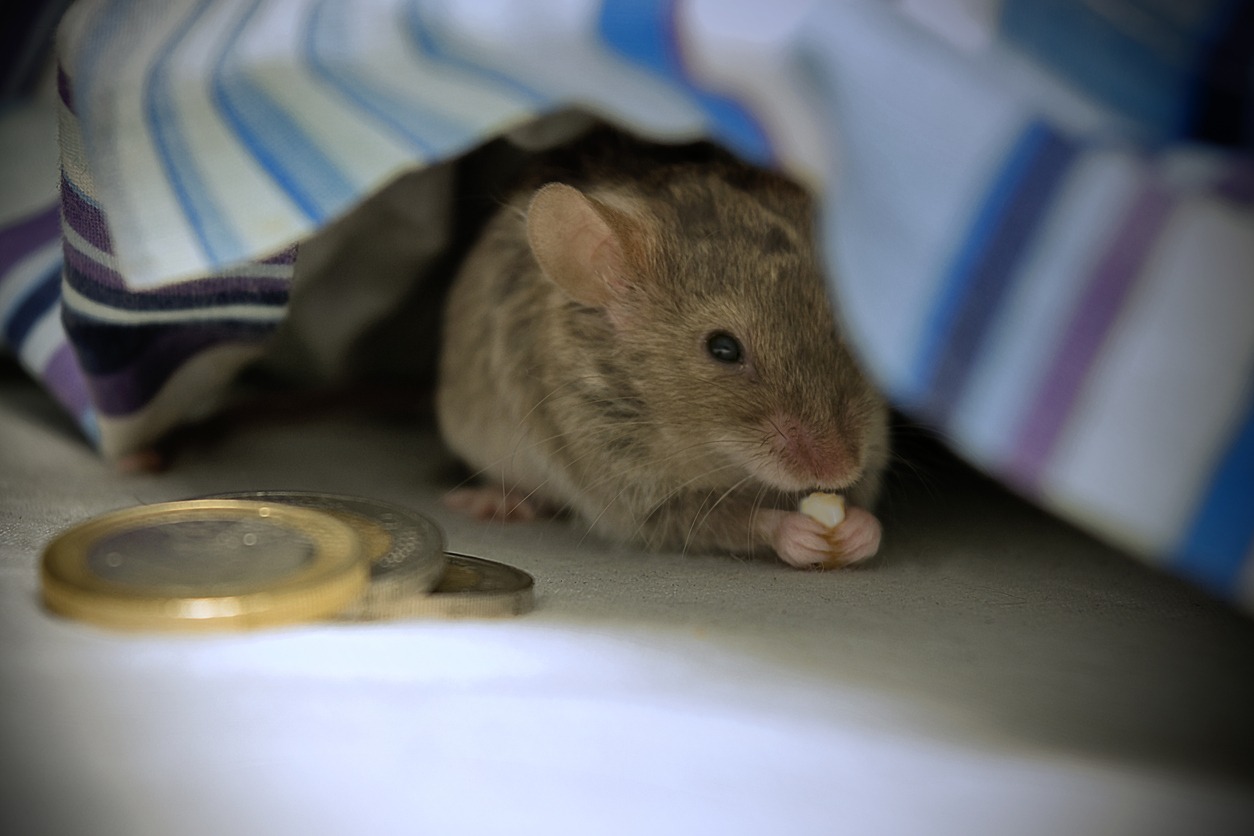The act of caring for one’s teeth goes beyond the twice-daily brush we’re accustomed to in the Western world. Globally, teeth play a significant role in cultural rituals and have done for centuries. From the tooth fairy to the throwing of teeth onto roofs, dental traditions reflect the diversity of human culture. Let’s explore some of the most fascinating teeth rituals from around the world and discover what they reveal about our shared human experience.
Teeth Coloring or Lacquering
Teeth coloring or lacquering is a form of dental modification that involves changing the color of one’s teeth. This practice has been observed in various cultures throughout history and carries different meanings, from aesthetic preferences to social and ritualistic significance.
Cultural Significance
In various cultures, the color of the teeth can signify social status, beauty standards, or rites of passage. Teeth coloring is not only for decoration but also serves as a cultural identifier and a way to adhere to the beauty norms of a community.
Historical and Cultural Practices
- Ohaguro in Japan: Perhaps the most well-known example of teeth blackening is Ohaguro, a practice in Japan where people—especially women—dyed their teeth black using a lacquer or a mixture made from powdered iron and other ingredients. It was a sign of beauty and maturity and was commonly practiced until the Meiji period when it fell out of favor due to Western influences.
- Vietnam and Southeast Asia: Similar to Japan, some cultures in Southeast Asia also practiced teeth blackening. In Vietnam, for example, black teeth were considered a mark of beauty, and the process of teeth lacquering was often associated with coming of age.
- Ancient Mayans: In the Mayan culture, tooth coloring sometimes accompanied other dental modifications like filing or the embedding of precious stones. The Mayans used a red pigment called cinnabar to highlight the teeth, which were often carved or shaped.
Modern-Day Practices
Today, teeth coloring is most often seen as a cosmetic or aesthetic procedure. While the historical practice of lacquering teeth black for beauty is largely obsolete, modern interpretations include:
- Tooth Whitening: The contemporary quest for pearly white teeth has become a global phenomenon. Teeth whitening procedures use bleaching agents to lighten and brighten the teeth, which is the opposite of historical teeth blackening.
- Fashion and Subcultures: Some fashion or subcultural groups might use temporary teeth colorants for aesthetic purposes, such as gold caps, colorful braces, or even temporary dyes for a unique look.
- Tooth Tattoos: A trend in dental modification is the application of tooth tattoos, where an image or pattern is applied to the crown of a tooth, offering a form of self-expression similar to skin tattoos.
Tooth Sharpening and Chiseling
Sharpening or chiseling of teeth is a form of body modification that involves deliberately altering the shape of one’s teeth, usually by filing or chiseling them into points or other shapes. This practice has been observed in various cultures throughout history and continues to a lesser extent today.
Cultural Significance
In many cultures, tooth modification is not merely cosmetic but carries significant cultural, spiritual, or social meaning. It may signify reaching adulthood, mark social status, or represent beauty and elegance within the community. For some groups, it can also be a spiritual or religious act, with the teeth’s modification symbolizing particular beliefs or affiliations.
Historical Practices
- Mayan Civilization: The Mayans are one of the most notable groups known for dental modifications. They would sharpen and shape teeth, often to pointy ends, and sometimes inlay them with precious materials like jade or gold. This practice was reserved for the elite and was a sign of status and bravery.
- Parts of Africa: In some African tribes, tooth sharpening is a rite of passage into adulthood. For example, the Makonde people of Tanzania and Mozambique would chisel their teeth into sharp points, which was thought to make one more attractive and presentable.
- Indonesia: The Mentawai people of Indonesia also practice tooth sharpening as a beauty standard. For them, filed teeth are considered more aesthetically pleasing.
- Philippines: In pre-colonial Philippines, tooth sharpening and blackening were common among several ethnic groups. The practice was associated with beauty, with the teeth often filed into fine points.
Modern-Day Practices
In the modern era, tooth sharpening has mostly fallen out of practice as traditional cultures blend into the global mainstream. However, it is still observed in some indigenous communities as part of their cultural identity.
In the context of body modification subcultures around the world, tooth sharpening is sometimes adopted by individuals seeking a particular aesthetic or wishing to emulate the practices of ancient cultures. It is a statement of individuality and often represents a form of self-expression.
The Tooth Fairy: A Western Tradition
In the United States and much of Europe, children place their fallen baby teeth under their pillows, awaiting the tooth fairy to exchange them for a coin or small gift. This ritual not only makes the experience of losing teeth less scary for children but also celebrates growth and change. The tooth fairy as we know her is a relatively modern incarnation, with her roots possibly lying in European folklore where a tooth coin would be given to children when they lost their first tooth.
Tossing Teeth in Japan: “Tsubute”
In Japan, a practice known as “tsubute” involves throwing fallen upper teeth straight down to the ground and lower teeth up onto the roof. The tradition stems from the belief that incoming teeth will grow in straight and healthy, following the path of the discarded tooth. This ritual is also found in other Asian countries, albeit with regional variations.
The Tooth Toss in Greece
Similarly, in Greece, children throw their lost teeth onto the roof, but with a twist: they make a wish for their adult teeth to come in strong and healthy. It’s a tradition that blends hope for the future with a touch of magic, much like the tooth fairy.
Tooth Planting in Turkey
Turkish culture has a unique approach: children bury their baby teeth in a place that symbolizes their hopes for the future. For example, a tooth buried near a school suggests aspirations for education, while one buried near a hospital might express a wish to become a doctor.
Ratoncito Pérez and El Ratón de los Dientes
In Spanish and Latin American cultures, “El Ratoncito Pérez” or “El Ratón de los Dientes” takes the place of the tooth fairy. This little mouse collects children’s teeth from under their pillows and leaves a gift in return. The tale of Ratoncito Pérez was popularized by a priest named Luis Coloma in the 19th century, who wrote a story for the young king Alfonso XIII when he lost a tooth.
The Tooth Necklace in Panama
Among the indigenous Kuna people of Panama, children’s baby teeth are crafted into a necklace. This necklace is believed to bring good luck and protection, carrying the spirit and innocence of childhood.
The Vanuatu Tooth Ceremony
In Vanuatu, a South Pacific island nation, the first lost tooth of a child is celebrated with a ceremony. The tooth is either buried or thrown into the sea, symbolizing the disposal of old aspects of life to make way for new growth.
The Canadian Inuit Tradition
The Inuit people of Canada have a ritual where children’s teeth are taken outside and offered to a sled dog. This is coupled with a wish for strong teeth, as sled dogs are known for their powerful and enduring bite.
The Norwegian Tooth Bank
Norwegians have a practical approach to lost teeth: storing them in a “tooth bank.” This doesn’t involve monetary exchange but is a way of keeping a physical record of a child’s growth and development.
The Filipino Pangangaluluwa
Reflecting a tradition similar to Halloween, Filipino children participate in “Pangangaluluwa” where they go door to door, not for candy, but to sing and pray for the souls of the departed. In exchange, they often receive a small token or money, a practice that includes the celebration of teeth shedding as a part of growing up.
Conclusion:
Teeth rituals from around the world are as diverse as the cultures they originate from. These traditions often signify a child’s journey into adulthood and reflect broader societal values such as health, growth, and good fortune. They connect us through a shared human experience that transcends geographical boundaries. Whether it’s a visit from the tooth fairy or the throwing of a tooth onto a roof, these rituals continue to play a meaningful role in the lives of children and families worldwide, reminding us of the magic and significance found in life’s small transitions.




